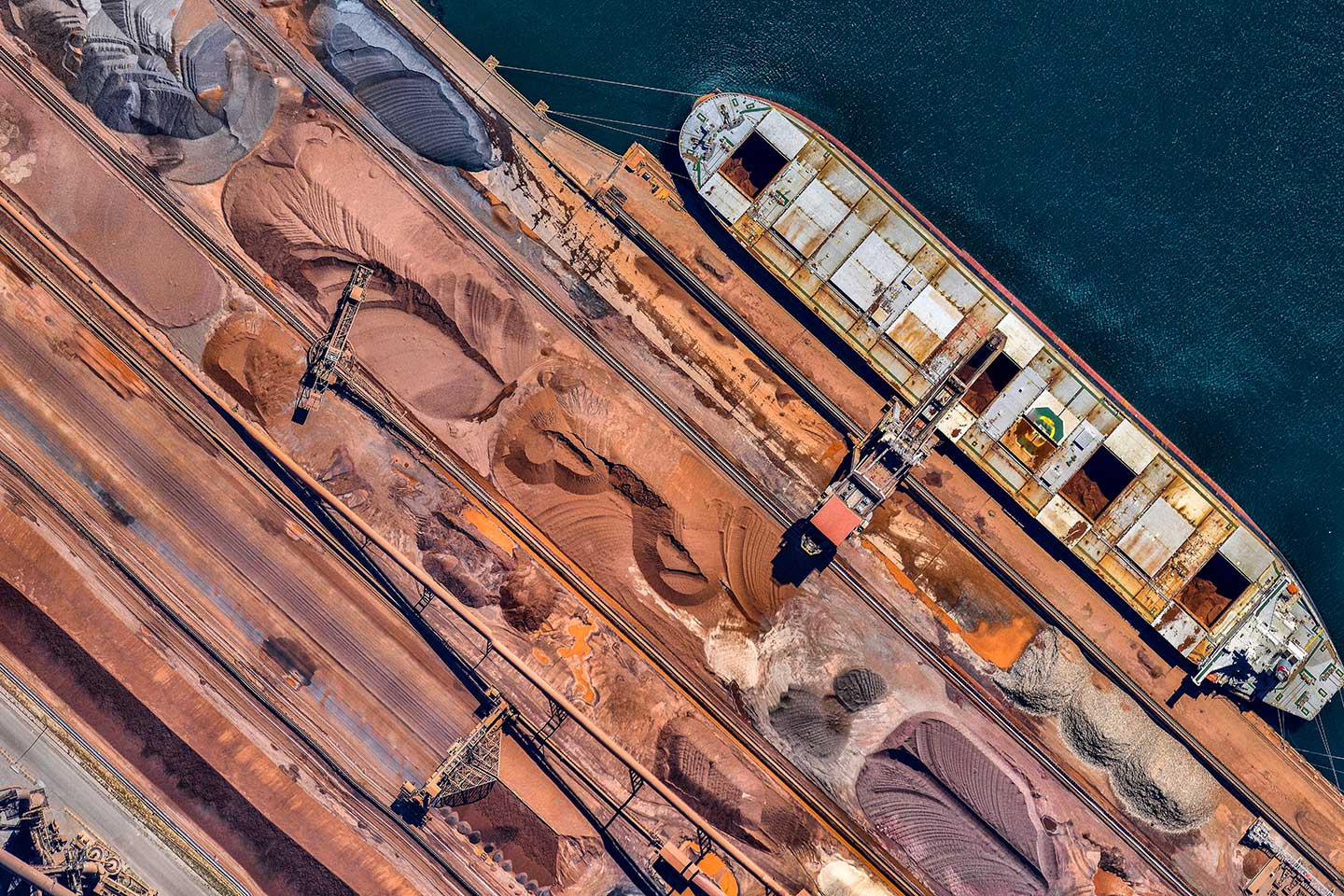While organisations across every sector of the commercial landscape are clawing to take advantage of emerging technologies, Australian ports’ historical aversion to capital investment in digital innovation is threatening their long-term viability.

Ports continue to play an integral role in the country’s economy, forming a critical node in our supply chain that facilitates 98 per cent of the country’s trading – but the legacy infrastructure and management systems upon which this success has been built cannot be relied upon to drive profitably into the 21st century and beyond.
Globally, ports have seen an influx of digital transformation over the past decade, and the best ports have become early adopters of modern technologies such as IoT (Internet of Things), blockchain, digital twins and smart dashboards.
But for too long Australian operators have simply watched on from afar as their global counterparts take giant strides into this digital age. History shows that Australian ports neglect their digital infrastructure, and this is starting to cause significant operational inefficiencies.
Investment in digital transformation will be a determining factor in the future business strength of Australian ports, a sentiment that port operators – who have seen volumes decline by up to 20 per cent since the coronavirus pandemic began – must acknowledge and embrace.
It is critical that ports across Australia understand the challenges they are facing and take proactive steps to consolidate the long-term viability of their businesses, and this begins with ensuring their digital infrastructure is competitive and up to scratch.
Australian ports need to pursue and embrace a “technological revolution” to increase efficiency, improve corporate compliance, reduce operating costs and ultimately increase oversight across operations. If this doesn’t occur, Australian ports face the unnerving prospect of quickly becoming the dinosaurs of our transport and logistics landscape.
For many, the barrier to entry is simply time and effort. But although the thought of overhauling legacy systems may appear daunting, the reality is that transitioning to a fully integrated, digitally innovative operating system can be a seamless process when managed properly.
IFS’ deep industry expertise and partner network, coupled with our strong commitment to delivering value to customers, means we can help Australian ports realise the financial benefits of investing in their digital infrastructure.
International container terminal operator APM Terminals was able to streamline its processes by adopting IFS’ ERP applications. The project saw APM Terminals implement an integrated operating system that enabled it to reduce fixed maintenance costs by 59 per cent, increase equipment availability by 17 per cent and remove operational bottlenecks to provide a more efficient service to their customers.
Ultimately, the continual evolution of innovative technologies means Australian ports have never had access to more data and information. If properly harnessed, this data has the power to transform the way ports operate, improving operational efficiency and profitability. If not, it threatens to completely erode the competitiveness and long-term prosperity of Australia’s economy and international networks.
Download a complimentary copy of The Path Forward for Australian Ports: Charting a Digital Course for the Future.









